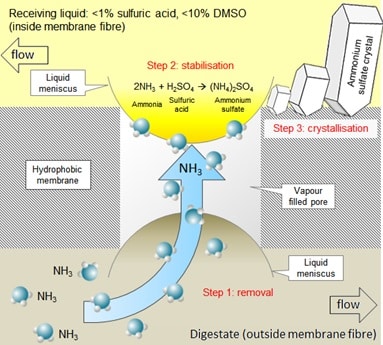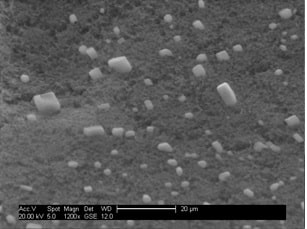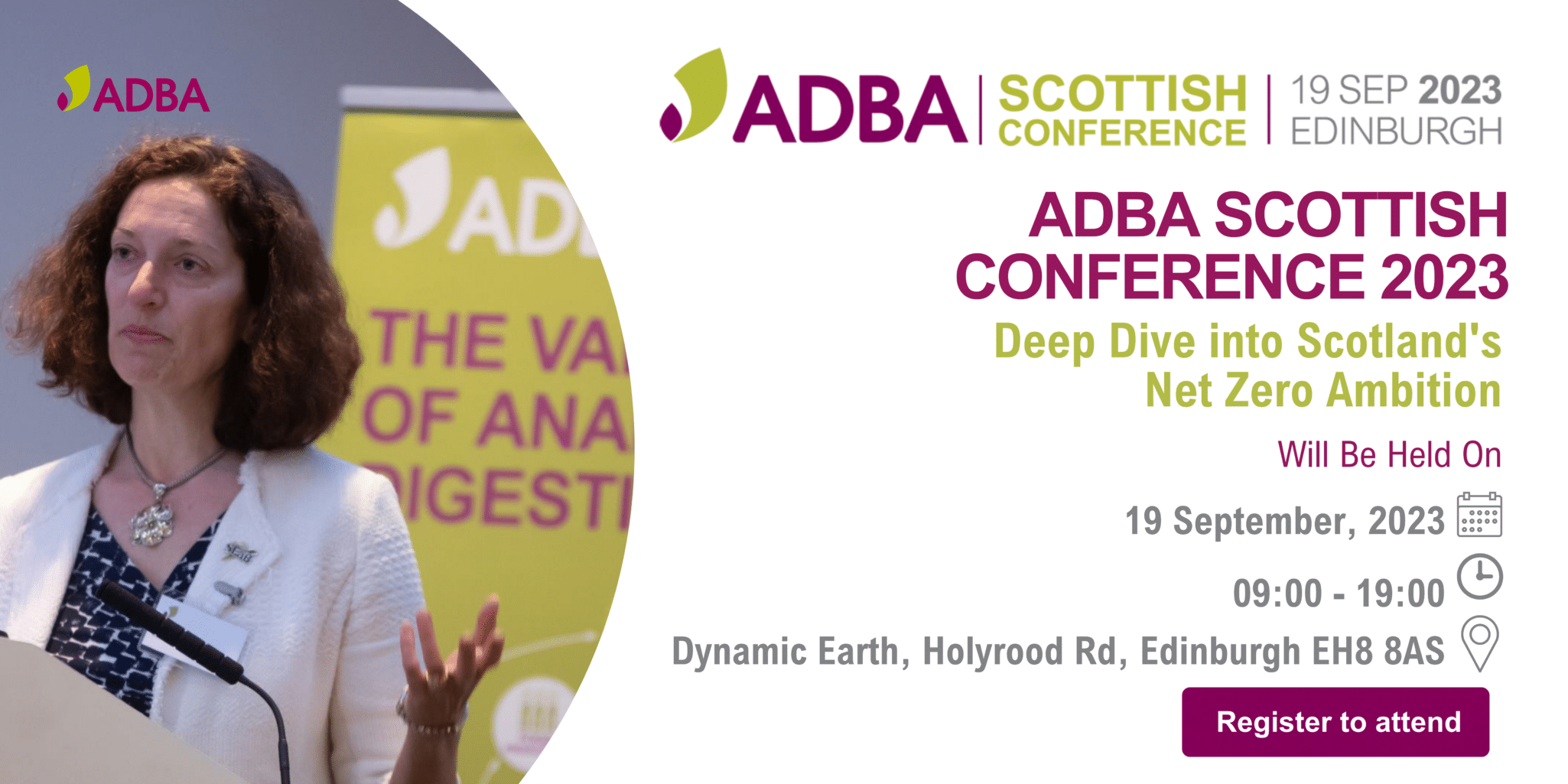MEMBER PRESS RELEASE - Vogelsang to present the HiCone for the wastewater sector at IFAT…
The reasearch and innovation great digestate challenge: research to maximise nutrient use efficiency
Day 2 of our UK AD & Biogas R&I Hub features a challenge to academia and industry on digestate: how to maximise the use of nutrients. WRAP have assessed the proportion of digestate nutrients are not taken up by plants in the growing season. Following best practice in digestate spreading is an excellent start: see here.
This chart shows how nutrient uptake differs between digestate spreading in spring and autumn:

But WRAP and the International Energy Agency have also released reports on processing digestate into higher value fertiliser.
Today in the AD industry there is a whole range of practice in the processing and use of digestate. Will we eventually see a clear technology winner that allows some early-adopter operators to gain an advantage over the others? Will food waste digestate one day on average be an income stream rather than the £10/ tonne cost DECC currently assume? Our speakers offer part of the picture….
Our first three speakers of the session will suggest digestate processing options which could be used:
- Recovery of inhibitory ammonia (NH3) from digestate as crystals using membranes. Andrew McLeod, Cranfield University. This talk should be fascinating as the cost effective removal of ammonia would be a huge leap forward for the industry.
- Digestate processing using membranes. Dr. Robert Lovitt, University of Swansea. Again, the focus on membranes as a tool to process digestate is an area that academia are rightly focussing on.
- Resource efficiency and environmental balance of digestate upgrade to fertiliser. Dr. David Styles, University of Bangor
What is vital in the research is that academic consider the cost of any potential solution. We also want to encourage solutions that reduce any ammonia or other nutrient losses compared to current best practice.
We also have a speaker focussing on the agricultural use efficiency of digestate:
- Phosphate acceptance map: A tool to determine suitable land for the application of biosolids and anaerobic digestion. Dr. Ruben Sakrabani, University of Cranfield
Ruben will consider current practice and how nutrient losses can be minimised. Ruben has mapped out the land area of the UK to establish the best places to use digestate, and is keen to understand more from the industry about how to match the AD plants to this.
Here are a couple of the images from Andrew's digestate processing technology:





